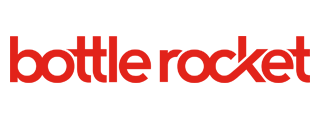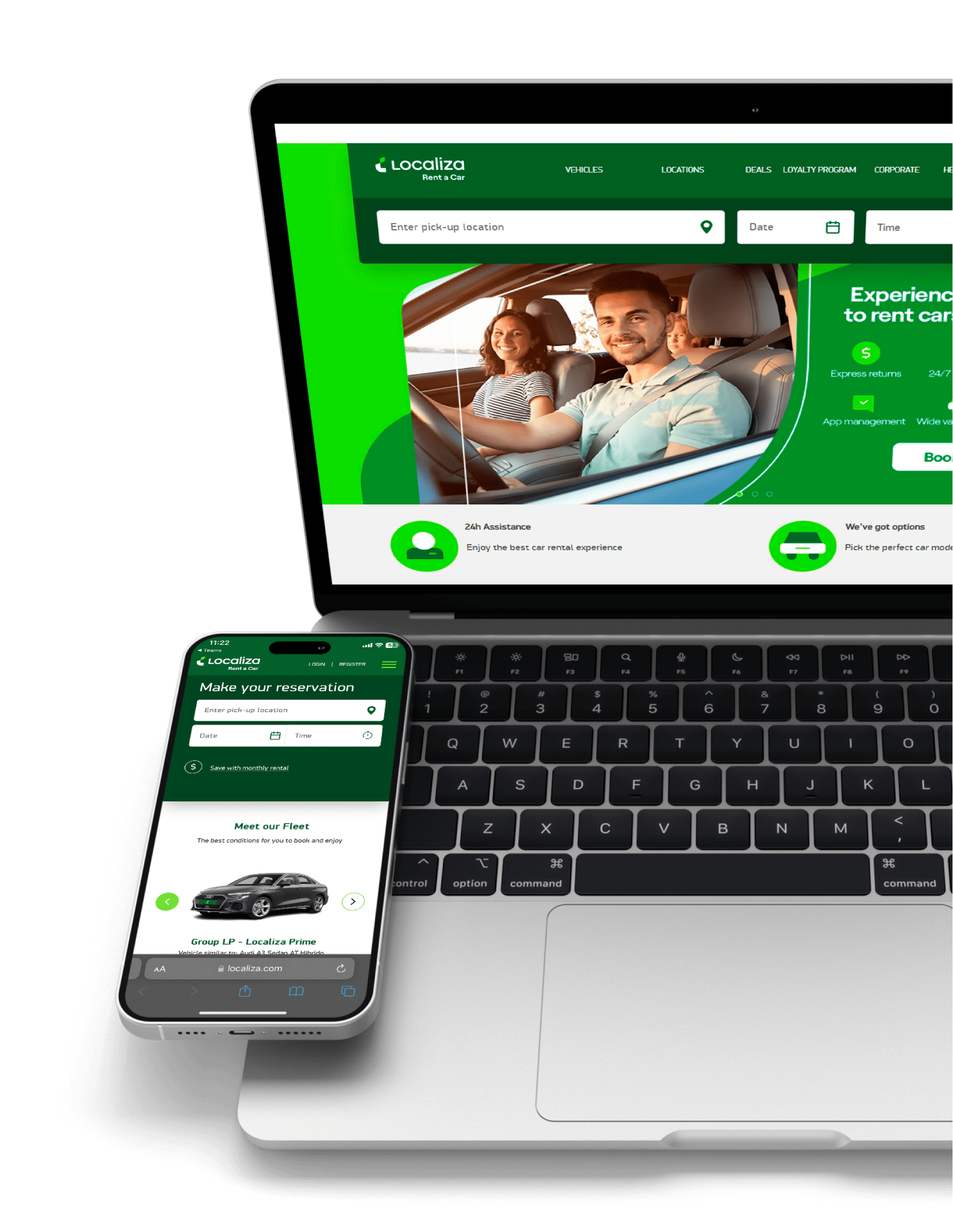The modernization of GC has delivered strong results across the business. Maintenance costs are down, scalability and system resilience have improved, and security risks have been reduced through component isolation. Developer autonomy has increased, and the system now supports fast, flexible integration with new tools and partners.
By modernizing GC with precision, Localiza turned a critical legacy system into a foundation for ongoing innovation, transforming it from a bottleneck into a driver of digital growth.





